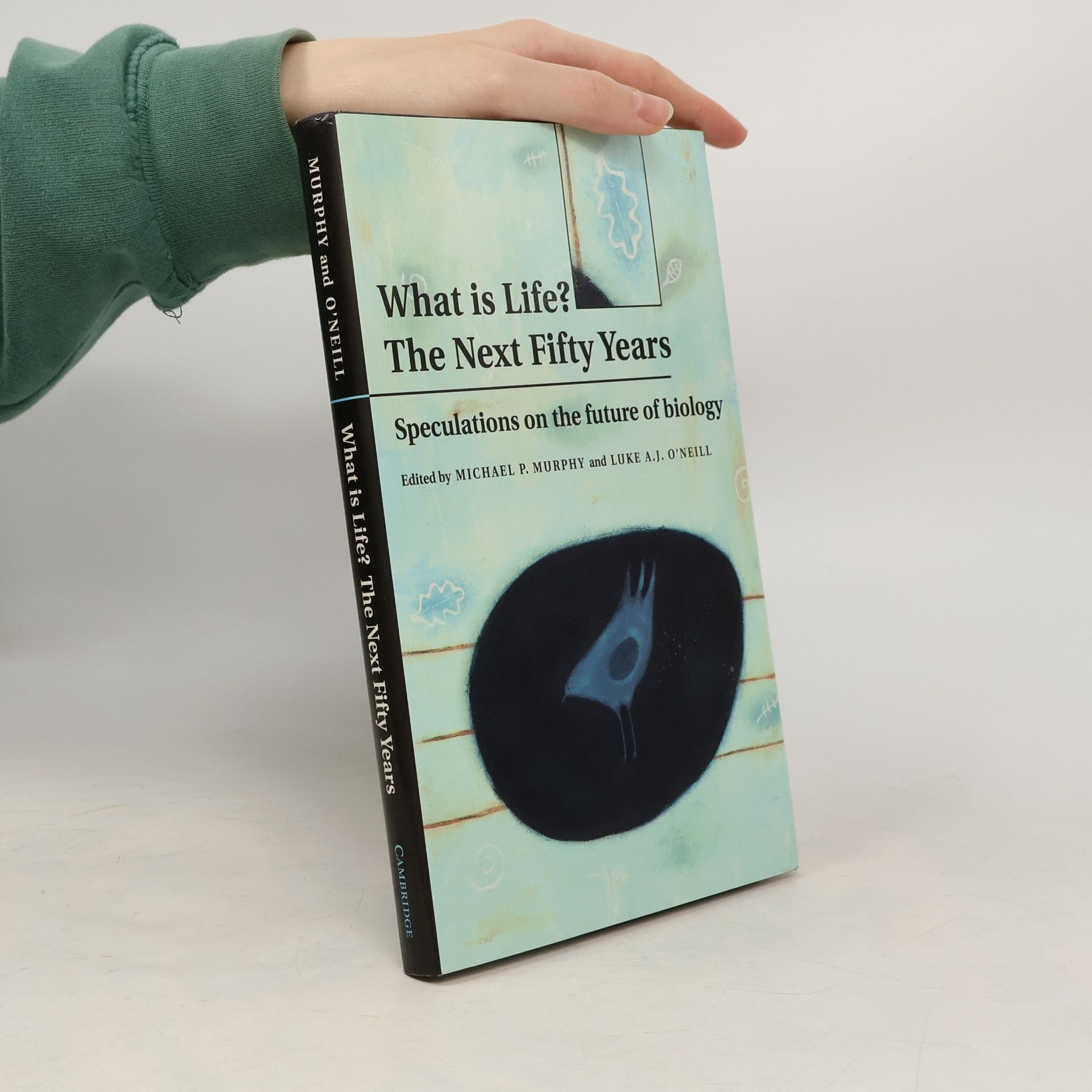What is life? The next fifty years : speculations on the future of biology
- 203pages
- 8 heures de lecture
Erwin Schrödinger's book, originally delivered as lectures at Trinity College, Dublin, is a pivotal work in the history of science, marking the inception of molecular biology and inspiring figures like Watson and Crick in their discovery of DNA's structure. Schrödinger uniquely approached fundamental biological questions—heredity and energy use in organisms—from a physicist's viewpoint. Fifty years later, a gathering of distinguished scientists at Trinity College celebrated the legacy of Schrödinger's lectures, contributing their insights on contemporary biological challenges. The contributors include renowned scientists and popular science writers, such as Jared Diamond, Christien de Duve, and Stephen Jay Gould, who explore topics like the origin of life, evolution, human creativity, developmental biology, and consciousness. The book concludes with a heartfelt biography by Schrödinger's daughter, Ruth Braunizer. This work is poised to influence biological research for the next century and is a must-read for anyone interested in the future of biology.
